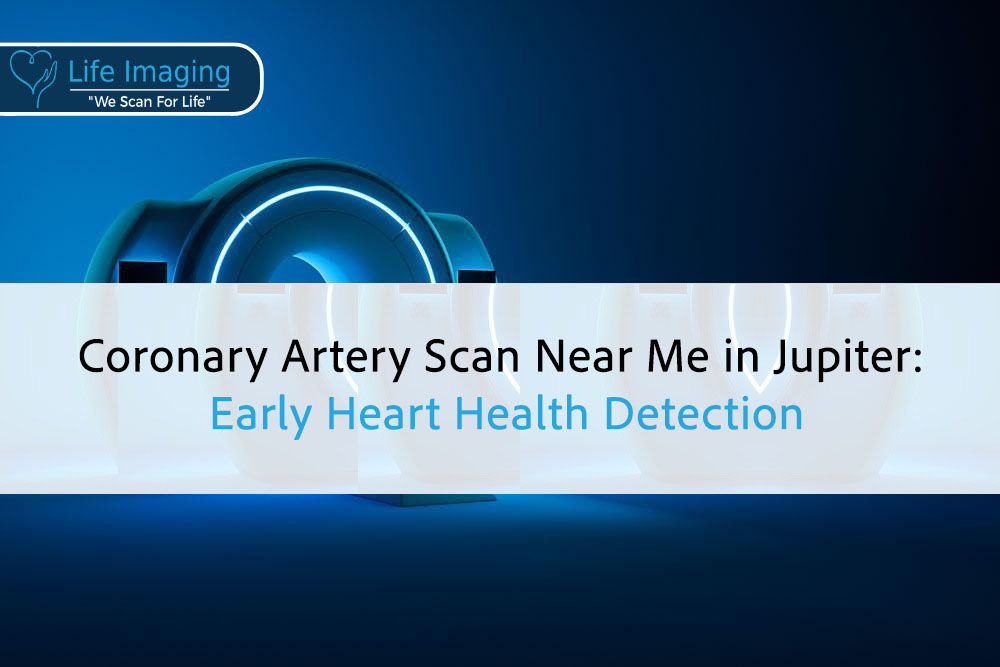
Coronary Artery Scan Near Me in Jupiter: Early Heart Health Detection
Introduction Your heart works hard every second of the day,

Low dose CT scanning is revolutionizing the way we detect and diagnose health issues. This advanced technology uses lower doses of radiation compared to traditional CT scans, making it safer while still providing detailed images of the body. It plays a crucial role in the early detection of diseases such as heart disease and cancer, which can significantly improve treatment outcomes.
Recent advancements in CT technology have made low dose CT scans even more effective. Enhanced imaging techniques and improved software algorithms mean clearer images with less exposure to radiation. These improvements are helping doctors diagnose conditions earlier and with greater accuracy.
Understanding the benefits and workings of low dose CT scans can help us make informed decisions about our health. Let’s explore what low dose CT scanning is, its benefits, how it works, and its applications in medicine. By staying informed, we can take proactive steps in maintaining our health and leveraging the latest advancements in medical technology.
Low dose CT scanning is a type of imaging test that uses lower amounts of radiation than traditional CT scans. CT stands for computed tomography, and it involves taking many X-ray images from different angles. These images are then combined to create a detailed picture of the inside of the body.
The goal of low dose CT scans is to minimize radiation exposure while still providing clear and accurate images. This is particularly important for people who need frequent scans, like those being monitored for certain medical conditions. By reducing the amount of radiation, we lower the risks associated with repeated exposure, making the scans safer for patients.
Despite using less radiation, low dose CT scans are just as effective at diagnosing a variety of conditions. They are commonly used to look for signs of heart disease, lung cancer, and other serious health issues. The advanced technology behind these scans ensures that we can catch problems early, which is key to effective treatment.
Low dose CT scans offer several advantages over traditional scans. Here are some key benefits you should know:
These benefits make low dose CT scans a valuable tool in modern medicine. They help us detect and treat conditions more effectively while prioritizing patient safety.
Low dose CT scans use the same basic technology as regular CT scans but with some important differences. The scanner itself is a large, doughnut-shaped machine. You lie on a table that moves through the center of the machine while it takes multiple X-ray images from different angles.
The main difference with low dose CT scans is the software. Advanced algorithms are used to enhance the images, allowing for lower doses of radiation without losing image quality. This technology ensures that the scans are both safe and effective.
Recent advances in CT technology have made low dose CT scans possible and even more effective. These advancements focus on improving image quality while reducing radiation exposure. Some of the latest technologies include:
These advances have made low dose CT scanning a more powerful tool in diagnosing and monitoring medical conditions. They ensure that we get the best possible images with the least amount of risk.
Low dose CT scans and traditional CT scans both provide detailed images of the inside of your body, but there are key differences between the two. Understanding these differences helps you know why low dose CT scans are becoming more popular.
Choosing between the two often depends on the specific needs of the patient. Doctors will decide based on the situation, but the reduced radiation exposure of low dose CT scans makes them a safer choice for many.
Low dose CT scans are used in several medical fields to diagnose and monitor various health conditions. Here are some key applications:
These applications show the versatility and importance of low dose CT scans in modern medicine. They help doctors make accurate diagnoses while reducing the risks associated with radiation.
Low dose CT scans play a crucial role in the early detection of heart disease. They can identify issues before they become serious, allowing for early intervention and better outcomes.
Overall, the use of low dose CT scans in heart disease detection is a powerful tool. It allows for early diagnosis, which is key to managing and treating the condition effectively.
Early detection of cancer can significantly improve treatment success rates, and low dose CT scans are instrumental in this process. They are especially useful in detecting lung cancer, one of the most common and deadly cancers.
The ability to detect cancer early is one of the significant advantages of low dose CT scans. These scans provide a non-invasive way to catch the disease in its early stages, when it is most treatable.
Low dose CT scans use much less radiation than traditional CT scans, making them safer. However, there are still some risks to consider. It’s important to know both the benefits and risks before deciding to have one.
Knowing the risks and benefits will help you make an informed decision about getting a low dose CT scan.
Preparing for a low dose CT scan is straightforward but essential. Being ready will help the process go smoothly. Follow these steps to prepare:
Knowing these steps can ensure you are ready and comfortable during your scan.
Understanding what happens during a low dose CT scan can ease any worries. The procedure is quick and painless. Here’s what to expect:
The scan usually takes only a few minutes. The whole process, from check-in to completion, generally lasts about 30 minutes.
Knowing what to expect can make the experience easy and stress-free.
The future of low dose CT scanning looks promising. Technology keeps improving, making these scans even safer and more effective. Here are some exciting developments:
As technology continues to advance, low dose CT scanning will become an even more valuable tool in medical diagnostics.
Low dose CT scans represent a significant advancement in medical imaging, offering safer and more efficient options for detecting various health conditions. From reducing radiation exposure to providing quick and accurate diagnoses, these scans are a valuable tool in modern medicine. Understanding the safety and preparation involved helps ensure a smooth experience, while future developments promise even more improvements.
Taking proactive measures for your health is crucial. With ongoing advancements in low dose CT technology, staying informed can aid in early detection and better outcomes. Don’t wait to prioritize your health!
For more information and to schedule your low dose CT scan in Orlando, FL, contact Life Imaging Fla today. Your health and peace of mind are our top priorities.

Introduction Your heart works hard every second of the day,
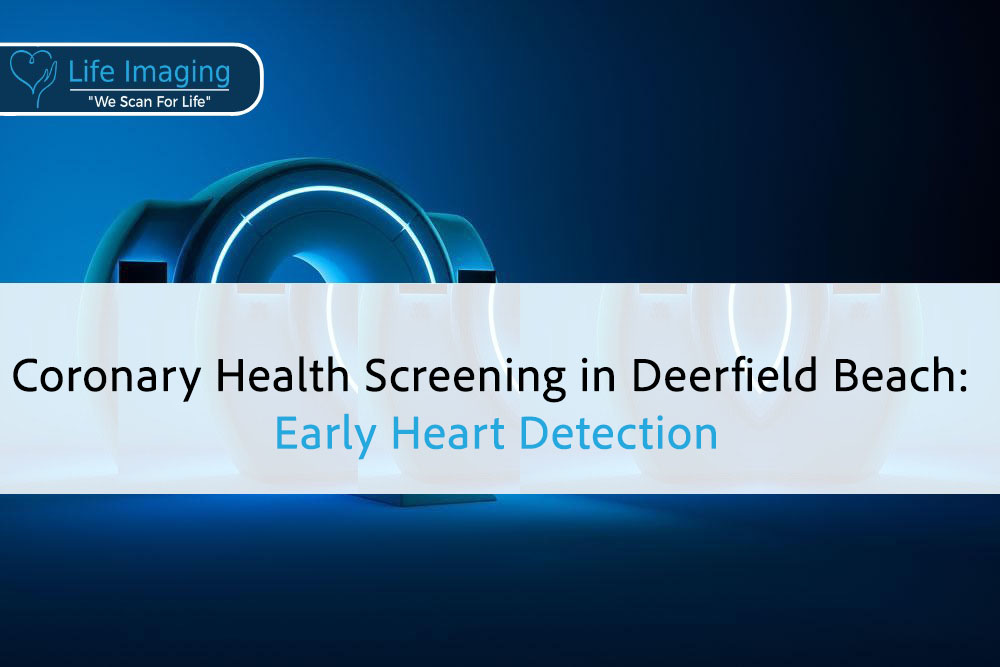
Introduction Your heart works around the clock, but changes inside

Introduction Your heart works nonstop, often without a single complaint.
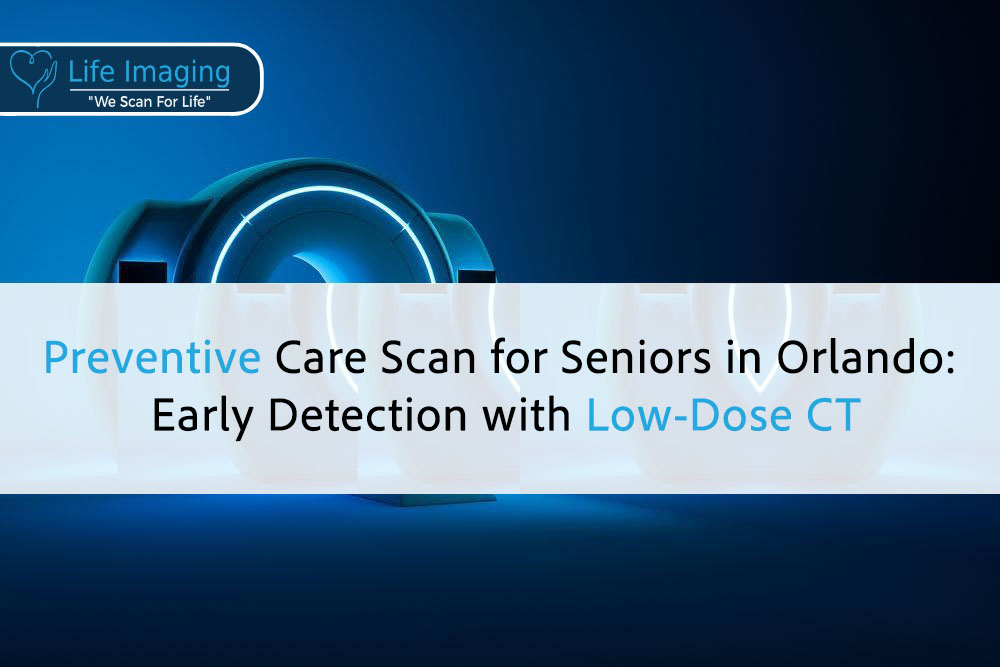
Introduction The best part of getting older is having time
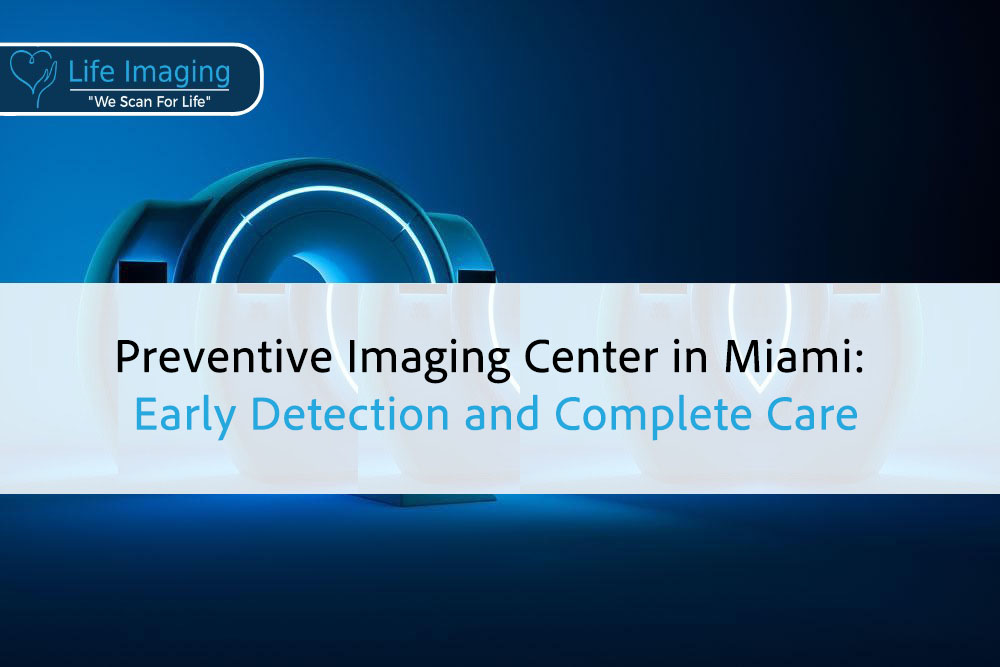
Introduction Good health isn’t just about treating problems, it’s about
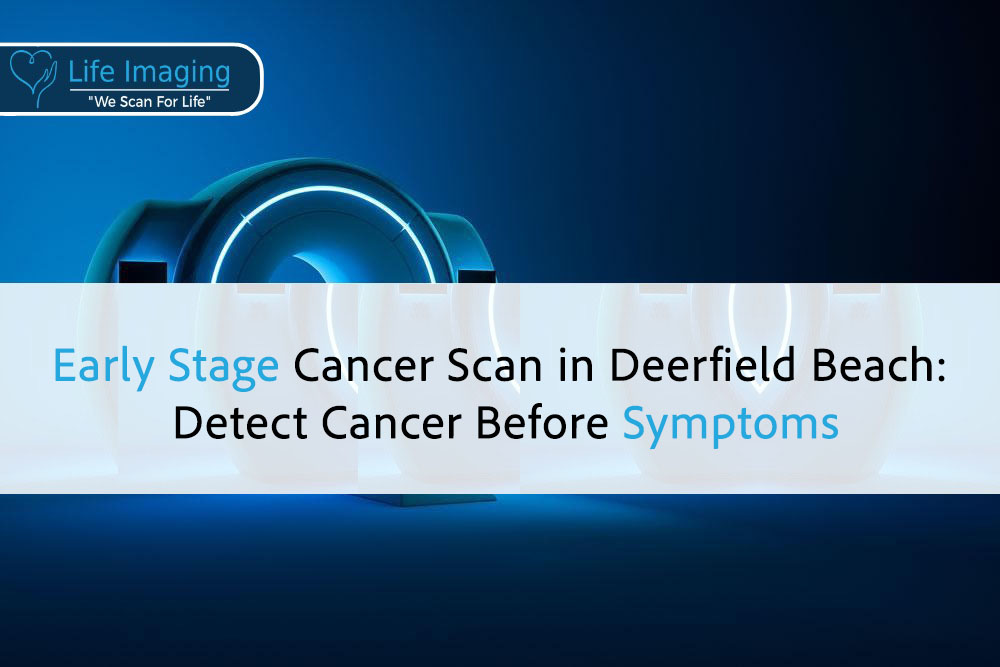
Introduction Cancer often begins quietly, long before you feel anything

* Get your free heart scan by confirming a few minimum requirements.
Our team will verify that you qualify before your scan is booked.
Copyright © 2025 Life Imaging – All Rights Reserved